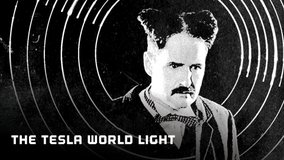Skip to content
Accessibility

New release
Coming
None
Satellites of the Sun
1974
12 min
Leaving soon
Film animation and a knowledge of outer space bring to the screen this spectacular, awe-inspiring view of our solar system. Staggering distances are eliminated through the art of film: before our eyes is displayed the wonder of the universe. Moon, Mercury, Mars, Saturn, Venus, Earth and all the other satellites and lesser matter in space are seen in amazing detail and perspective in their eternal orbits around the sun.

Film animation and a knowledge of outer space bring to the screen this spectacular, awe-inspiring view of our solar system. Staggering distances are eliminated through the art of film: before our eyes is displayed the wonder of the universe. Moon, Mercury, Mars, Saturn, Venus, Earth and all the other satellites and lesser matter in space are seen in amazing detail and perspective in their eternal orbits around the sun.
For more background info on this film, visit the
NFB.ca blog
-
directorSidney Goldsmith
-
animationSidney Goldsmith
-
executive producerWolf Koenig
-
animation cameraRaymond DumasCameron Gaul
-
sound editingKen Page
-
re-recordingMichel Descombes
-
narratorGeorge Finstad
-
musicEldon Rathburn
Ages 12 to 16
School subjects
For younger students: Build a scale model of the solar system. Label all planets and their moons. For older students, stage a debate arguing whether Pluto should or shouldn't be considered a planet.


















